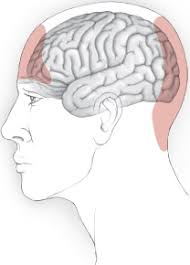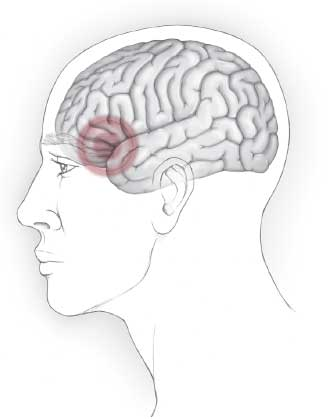Osteopathy: How to help Your Headaches
- TRC

- Jun 2, 2020
- 3 min read
Updated: Jun 7, 2020
By Etienne Simonnet, Osteopath at The Round Clinic
Etienne, Osteopath at The Round Clinic, recently reviewed the different causes and consequences of adopting and maintaining a poor posture.
In this blogpost, we dive deeper the consequences we often develop due to many everyday life habits and activities: Tension type headaches.
Tension headaches usually feel like a constant ache on both sides of the head, with a pressure like feeling behind the eyes; and/or a pain at the back of the head, usually originating from neck muscle tightness.
The causes are very diverse but affect the body the same way in a very large percentage of the population: poor posture, stress, fatigue, dehydration, lack of physical activity, long screen exposure,...
Osteopathy, through its manual treatment, helps to achieve the alleviation of such symptoms, through muscular relaxation techniques using stretches and deep massage, or spinal mobilisation and manipulation in neck and upper back. Muscles such as the Trapezius and Occipitalis play a major part in tension headaches, cutting off circulation to and from the head, limiting the blood supply. Throbbing headache or a dull ache is often the result.
Not only does it provide relief, but studies have also shown significant results concerning the impact of therapy, decreasing both the frequency and intensity of the headaches. It has been found that other common types of headaches are also concerned, such as migraines.
Migraines are more severe but almost as common as tension types headaches. The attacks last longer, usually on a single side of the head, potentially associated by nausea, pulsating pain or sensitivity to light.

Migraines are more or less activated when the cerebral activity is not balanced with the current blood flow, if it is too strong and too low. When it is impossible for the blood flow to make the appropriate changes, nerve cells will activate the trigeminal nerve which is responsible for the sensations of the face and head, in order to let the body know that something is wrong. People’s genetic predispositions and the situations can vary the intensities of nervous reactions, explaining why some persons have very strong migraines.
With such symptoms, it has also been found that osteopathic manual treatment is effective. It allows more of a sudden relief and tends not to decrease future episodes like it is the case with tension types headaches. More techniques are developed constantly in order to achieve more of that. So far, soft tissue approaches allow the same efficiency as a strong dose of painkillers, without the secondary effects. Cranial osteopathy is a certain approach that directly aims to restore optimal pressurisation within cranial structures. Through subtle manipulations, it also releases stresses and pain throughout the body as well as impacting the autonomic nervous system’s imbalances and sleeping patterns.
Exercise/ Advices:
- Lay on your back placing a 5cm height book under the head. Tuck in your chin for 2 seconds at the time slowly but rhythmically to allow a stretch in the occipital muscles (attaching on the base of the head). This “opens” the space between the first vertebra and the base of the head.

- While sitting or standing, pull one shoulder down while side-bending your head away from the shoulder stretching the Trapezius muscle.

- Work on stretching and creating extension in your upper back using a foam roller.
Specific workouts can also help you to relieve tension headaches through lowering your stress and unwinding your muscle tightness. Low impact activities such as yoga impact our body by optimizing healthy and relaxed breathing as well as spinal mobility. The two combined allow relief and prevent from future tightness exposures.
Conclusion
We often think of our headaches as non accessible and untouchable pains. However when having a better understanding of where they come from, it’s clear we can do something about them.
Osteopathy aims to treat the problem at its origin, the same way we should approach our headaches. When bad posture and other daily life factors are the origin, exercises like the ones listed above and manual treatment are an efficient manner to obtain relief and recovery.
References:
- Anderson, R.E. and Seniscal, C., 2006. A comparison of selected osteopathic treatment and relaxation for tension‐type headaches. Headache: The Journal of Head and Face Pain, 46(8), pp.1273-1280.
- Keays, A.C., Neher, J.O. and Safranek, S., 2008. Is osteopathic manipulation effective for headaches?. Clinical Inquiries, 2008 (MU).
- Cerritelli, F., Lacorte, E., Ruffini, N. and Vanacore, N., 2017. Osteopathy for primary headache patients: a systematic review. Journal of pain research, 10, p.601.
- Ferguson, A., 2003. A review of the physiology of cranial osteopathy. Journal of Osteopathic Medicine, 6(2), pp.74-84.
- Jäkel, A. and von Hauenschild, P., 2011. Therapeutic effects of cranial osteopathic manipulative medicine: a systematic review. Journal of the American Osteopathic Association, 111(12), p.685.




























Comments